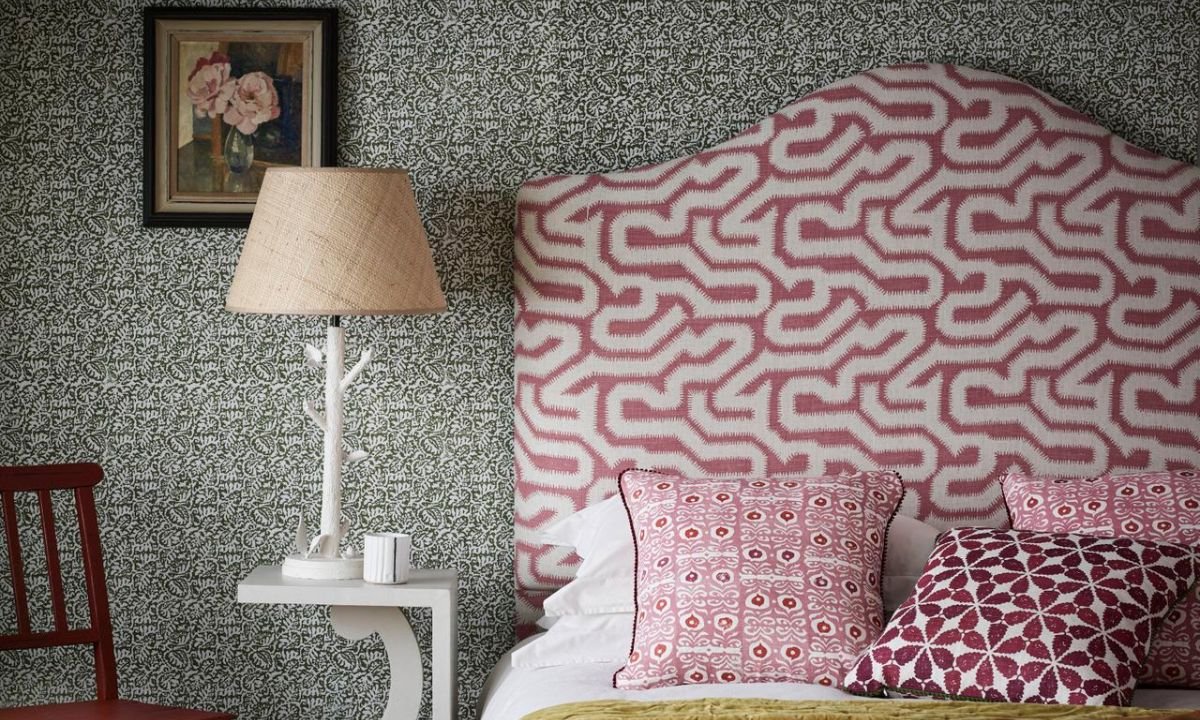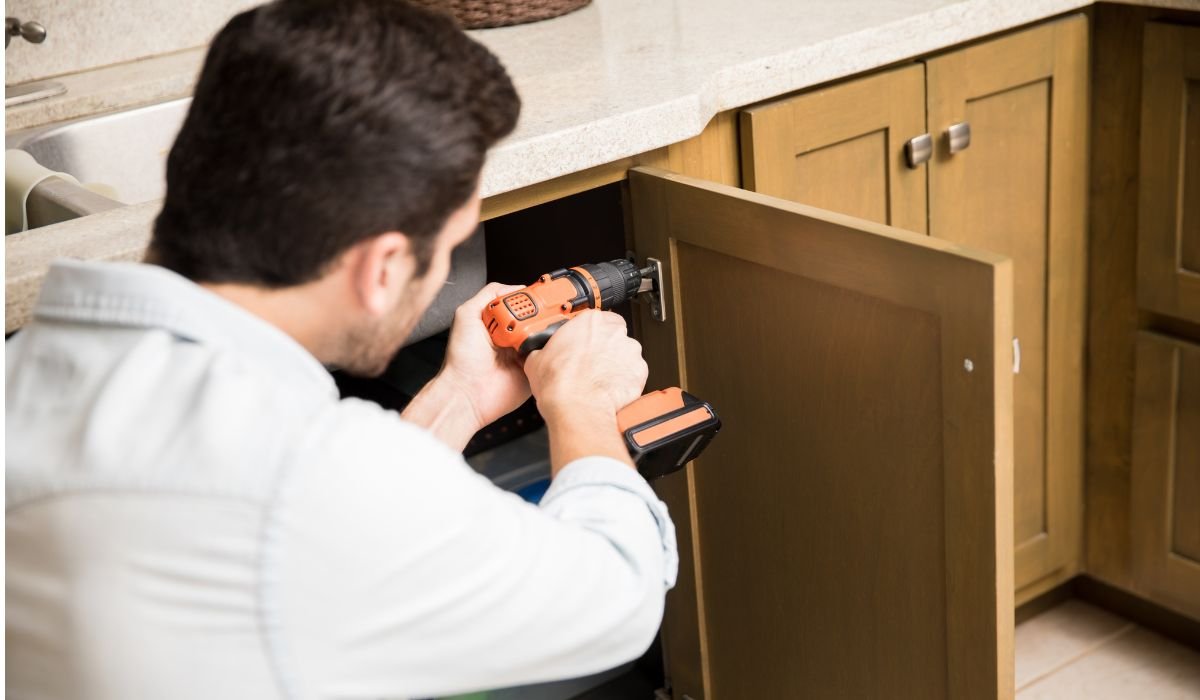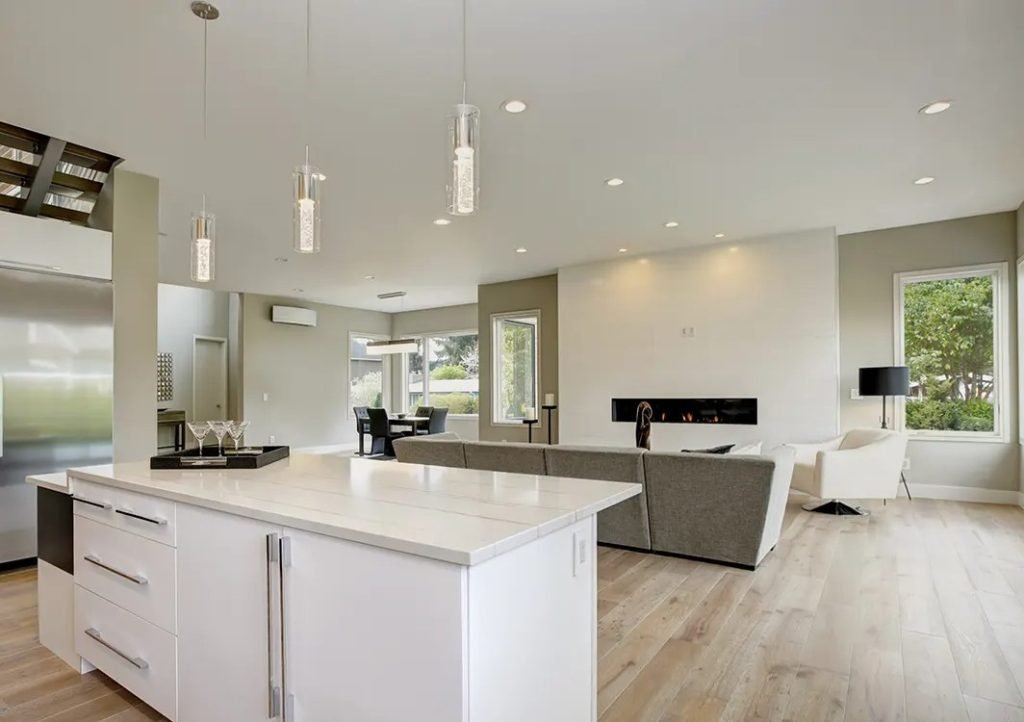Transform your home with creative ideas that blend functionality and style. Focus on enhancing key areas like kitchens and bathrooms, updating finishes, and integrating modern touches such as innovative technology. Small changes, like fresh paint or lighting, can create a significant impact, while personalized designs ensure your home reflects your unique vision.
Introduction to Home Remodeling Trends
Starting a home renovation project allows homeowners to reinvent their living areas and is an exciting endeavor. With numerous design options and materials available, drawing inspiration from current trends is crucial to achieving a functional and aesthetically pleasing result. Modern home designs increasingly focus on sustainability and tech integration, making whole home remodeling an upgrade and an evolution of living spaces.
This guide examines current home renovation trends, emphasizing the integration of sustainable living methods and contemporary design. It offers numerous ways to infuse new life into your remodeled space, ensuring a cutting-edge and comfortable experience.
Innovative Design Concepts for Modern Homes
Modern design is all about blending sleek aesthetics with practical functionality. The trend towards open floor plans eliminates unnecessary walls, encouraging fluid movement between different areas like the kitchen, dining room, and living room. This openness maximizes natural light and promotes social interaction, creating a cozy and welcoming ambiance.
Within this context, choosing the right color palette becomes crucial. Many designers suggest using neutral tones accented by vibrant hues to add depth and character. Textural diversity, such as juxtaposing smooth marble with rustic wood, can add an extra layer of sophistication. Moreover, innovative use of space, like creating built-in storage or multi-use furniture, ensures that every square foot is optimized for living.
Benefits of Using Eco-Friendly Materials
The drive towards sustainability has made eco-friendly materials increasingly popular in home remodeling. These materials, such as recycled metal or reused wood, reduce your house’s carbon footprint while frequently offering better durability and visual appeal. Bamboo flooring, for example, is known for its resilience and has grown in popularity due to its rapid growth rate and renewability.
Using cutting-edge, environmentally friendly building materials in your remodeling can improve indoor air quality and make your family’s surroundings healthier by reducing volatile organic compounds (VOCs). Moreover, many green building materials qualify for tax credits and contribute significantly to the resale value of your home, making them a financially sound choice as well.
Financial Considerations: Cost vs. Value
When planning a remodel, evaluating the cost against the potential value it can add to your property is essential. Renovations like updating kitchens or bathrooms typically offer the highest return on investment, making them popular choices among homeowners seeking to boost their home’s market value. However, it’s essential not to exceed local market standards to avoid diminishing returns.
Setting a comprehensive budget at the outset will help manage costs throughout the project. Consider not only the materials and labor but also potential unforeseen expenses, such as structural repairs or upgrades to HVAC systems. Consulting with a financial expert or a reputable contractor can provide insights into cost-effective solutions that enhance your home’s appeal and functionality.
Smart Home Features in Remodeling
Including innovative technology in home remodeling projects is no longer a luxury but a necessity for many modern homeowners. These features can significantly improve your home’s comfort and security, from smart thermostats that learn your temperature preferences to automated lighting systems that enhance energy efficiency.
Smart home technology extends beyond convenience; it also represents potential cost savings on energy bills. For example, intelligent climate control systems adapt to your schedule, ensuring optimal energy use without compromising comfort. As such, integrating these technologies during your remodeling process can future-proof your home, making it more attractive to a tech-savvy audience.
Step-by-Step Guide to Planning Your Remodel
- Assess your current space: Critically analyze each area of your home. Identify what works and doesn’t, and envision how you want each space to function post-renovation. This assessment is the foundation of a successful remodel.
- Set a realistic budget: Determine your financial boundaries and allocate funds according to priority. Remember to account for contingency funds—usually about 10% of the total budget—to cover unexpected expenses.
- Choose the right contractor: Research a contractor with a track record of quality work within your desired style and scope. To make sure you select the best partner for your project, get many bids and carefully compare them.
Conclusion: Envision Your Dream Home
Transforming your living space involves not only an investment of time and resources but also creativity and vision. You can craft a comfortable and stylish home by staying informed about trends and strategically planning your upgrades. The goal is to create a space that resonates with your personality while improving functionality. For additional ideas and inspirations, explore current home remodeling trends, which offer a glimpse into the future of stylish, practical living.











